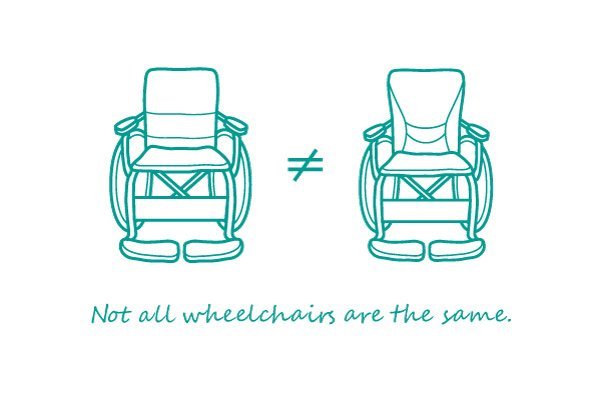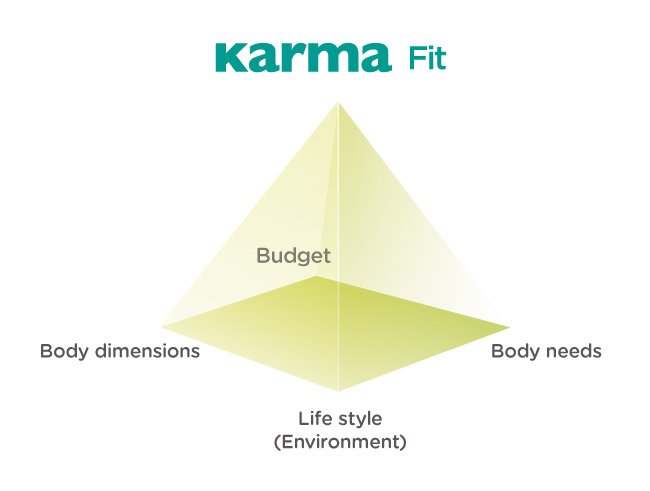A Better Wheelchair, A Better Fit

KARMA firmly believe in the concept of wheelchair fit. When choosing a wheelchair, every user’s needs are unique and should consider; the user’s body dimensions, individual condition, lifestyle, and budget. Considering all of these aspects, KARMA believes that the user will find a product that fits their basic requirements, empower them to achieve their full potential, and improve their quality of life. KARMA has an extensive range of wheelchairs to ensure a FIT solution for every user.

Why is It So Important to Choose the Right Wheelchair?
A wheelchair that is not fitting can increase the chance of various side effects caused by long-term wheelchair use. For example, a wheelchair unable to help relieve pressure in the lower back or buttocks can cause damage to skin and pressure sores. A second example is when a wheelchair’s armrests are too high. Long-term shrugging can lead to the stiff deltoid muscle. A third example is when the seat is too wide, which can cause poor sitting posture and spine deformation.
Therefore, it is crucial to keep the notion of “Fit” in mind when choosing a wheelchair.
What Factors Should be Considered When Choosing a Wheelchair?
–
Not all wheelchairs are the same. One should choose the most suitable wheelchair according to the user’s size and conditions, living environment, and life style.

Fits Your Lifestyle
This aspect considers the wheelchair user’s living environment, space, and daily activities. The user’s lifestyle will define the wheelchair they select. For example, will the wheelchair be; indoor or outdoor-oriented, foldable or fixed frame; require anti-tippers or not. All these functionalities ensure that the wheelchair users choose will enable them to live independently.

Fits Your Body
There are three simple measurements to consider when fitting the wheelchair to the body.
- Seat width: When a user sits in a wheelchair, there should be enough space between the legs and side panels to fit two fingers wide on each side, ensuring comfortable and adequate support.
- Seat depth: The appropriate seat depth is typically 2 inches shorter than the total thigh length, the optimal position to provide support to the buttocks and thighs and ensure that the back of the knees does not make uncomfortable contact with the front edge of the wheelchair seat.
- Footplate height: The feet should rest comfortably on the footplates without any strain on the thighs., The knee height should align with the hips.

Fit Your Condition
Every wheelchair user has a different physical condition based on diagnosis, age, and body functions. For example, a person with a degenerative disease may need specialised controls on their power wheelchair; a growing child may need a highly adjustable wheelchair; someone with a limited lower extremity joint angle (ROM) may need vertical footrests; someone who cannot perform decompression activities on their own, need recline or tilt functions. Not only is the user’s comfort a top priority, but their physical condition and prognosis also need to be considered to find a wheelchair that will enhance their day-to-day life.

 Global
Global